Habitat builds homes for disadvantaged families
"Habitat alone will never be able to build enough homes to meet the growing need for shelter. We want to find additional ways to remove the barriers that keep families from accessing adequate and affordable housing," said Habitat for Humanity CEO Jonathan Reckford in an interview with Forbes Vietnam.
In Vietnam, since 2001, Habitat has helped build new homes for 14,600 households and trained over 120,000 people on financial management, natural disaster prevention and sanitation, clean water and the environment.
Forbes Vietnam has an interview with Jonathan Reckford, Habitat for Humanity International Director General, and Kelly Koch, Country Director of Habitat for Humanity Vietnam, on a trip to Vietnam Big Build, an event helping to build new houses for low-income families.
There are many ways to help disadvantaged people, why does Habitat choose to focus on housing development?
Jonathan: Our vision has not been changed since Habitat was established – to enable everyone to have a decent place to live. We believe and recognize that improved living conditions can lead to positive changes such as improved health and better education outcomes. Housing is certainly not the only thing that is necessary for a family but it lays the foundation for families to build better lives for themselves and their children.
We started more than four decades ago when we saw that there were many families living in inadequate housing in rural Georgia, United States. Habitat developed the concept of “partnership housing” ― those in need of adequate shelter would work side by side with volunteers to build decent, affordable houses. The houses would be built at no profit. New homeowners’ house payments would be combined with no-interest loans provided by supporters and by fundraising to create “The Fund for Humanity,” which would then be used to build more homes. After taking the concept to Zaire (now the Democratic Republic of Congo), Habitat was founded in 1976.
Housing development is usually ignored when thinking about ways to help people with financial difficulties. From our observation, many leaders or corporates grew up in a decent, spacious house so they are unaware of the connection between housing and health and education. If (who?) had not ever seen shabby shelters, it is difficult to fully understand how it affects the families.
What does Habitat do to have human resources to construct or upgrade houses for disadvantaged families?
Jonathan: Habitat works in partnership with people from all backgrounds, ethnic groups and religions. Habitat’s philosophy is that people give and receive something in return when working together. The operating model is that we build or improve homes together with the families, providing them with small loans through our partners because they are unable to get a bank loan. The families’ repayments of the loans are used to help more families in need of adequate housing. Habitat also works closely with businesses and donors who provide financial resources and sometimes volunteers. In addition, we partner with the government to identify families and communities who need housing support.
 |
Jonathan Reckford, CEO from Habitat for Humanity International, alongside Mary Tarnowka, Consul General of the Consulate of the United States at Ho Chi Minh City and volunteers on the occasion of house dedication ceremony in Vientam Big Build 2018, early November 2018.
What are your criteria for family selection?
Jonathan: Each country will have different criteria but there is basically some similarity. We work with low-income families, in other words, those who cannot get loans from banks. Secondly they are willing to cooperate with us to build their homes. We call it “sweat equity”, that is, helping them get involved in building the house. The third is that their willingness and ability to pay off their loans, so that we can ensure that the initial funds, which come from our corporate, inpidual or other donors, can be used to help more families.
Could you please share the reason why Habitat focus on microfinance for housing?
Jonathan: Though we are expanding, Habitat alone will never be able to build enough homes to meet the growing need for shelter. We want to find additional ways to remove the barriers that keep families from accessing adequate and affordable housing. One of the barriers which thwart families in improving their housing conditions is their lack of access to traditional mortgages and developer-built homes. Before joining Habitat, I used to be among the trustees of a microfinance organization focusing on giving loans for starting small businesses; we encouraged them to give loans to build houses. This is actually a good opportunity for businesses in the microfinance sector. A few years ago, Habitat jointly established an investment fund called MicroBuild with several partners and supporters. The interesting thing is that our first investment has already helped 415,000 inpiduals improve their living conditions and also proved to the market that the fund is effective in allowing low-income families to incrementally repair or upgrade or to construct their houses through housing loans.
Another good example is a Habitat partnership with a microfinance organization in Peru 10 years ago, which was not related to housing loans. At first we provided them with fundand supported them in developing housing technologies. Now they just need our advisory services and are able to use their own funds. That partnership proved that this initiative works well. The rate of repayment for the Peru microfinance institution’s housing loans is actually higher than the repayment rate for small business loans. That partner is now the largest lender in Peru, able to provide 18,000 loans per month. This demonstrates that this solution can be developed on a global scale. We hope to influence the market to help reduce the barriers to improved shelter for low-income households.
We are now moving beyond the financial sector to influence the housing value chain. We want to help families access affordable and durable housing products and services by working with the market. Through Habitat for Humanity’s Terwilliger Center for Innovation in Shelter, we are starting to invest in companies, both non-profit and for-profit. We help them develop, produce, market and distribute quality housing and construction products to meet low-income families’ needs, preferences and capacities to pay. Families can also gain access to the information and products they need to make their homes more disaster-resilient in flood- and cyclone-prone areas. For example, we have just invested in an Indian company that manufactures waterproof housing products. The rainy season in Southeast Asia and South Asia can badly affect lower-income families. So these waterproofing products are really useful in improving their housing conditions.
 |
Habitat has helped build or renovates houses for 14,600 low income families.
What does Habitat do to support disadvantaged homeowners in Vietnam?
Kelly Koch: We have been operating in Vietnam since 2001 and are present in 9 provinces: Thai Binh, Thai Nguyen, Phu Tho, Hoa Binh, Quang Nam, Ha Tinh, Dong Thap, Long An and Tien Giang. We have just completed a project last year in Vung Tau. Activities in Vietnam support the global vision and mission of Habitat. In Vietnam, approximately 500-600 families are directly supported by joint efforts between Habitat and the government to improve housing and living conditions. We help many families to access affordable loans for home repairs. But there are still many households living in inadequate housing. We want to provide information and knowledge about the importance of housing to more people in the community. In Vietnam, we have worked together with various partners in many ways but we continue to look for new ways to help families access affordable housing.
Jonathan: Habitat also mobilizes volunteers to do the work. We have 230 volunteers from around the world who joined us recently in building homes and better lives in in Dong Thap. In fact, we can still build on local resources, but we want to give volunteers the opportunity to see for themselves the living conditions of disadvantaged families locally or globally. We hope that empathy will make them stronger advocates for better housing for all. Last year, we had about 2.1 million volunteers building with Habitat around the world. In addition, we aim to raise volunteers’ awareness and help them become stronger advocates for decent housing.
Habitat has recently held the Vietnam Big Buil. Could you please share more about the project?
Kelly: Nearly 230 international volunteers participated in the Vietnam Big Build. They traveled to Dong Thap to build 21 houses in November 2018. Within five days, they completed the walls and house structures. The families will now work with masons to complete their houses. We can see that we use very little external resources thanks to the muscles from the healthy volunteers, homeowners and masons.
What motivates you to do this?
Jonathan: There are some touching stories. This is my second visit to Vietnam. In my previous visit with former U.S. President Jimmy Carter to Hanoi in 2009, we met a fisherman’s family who had never lived ashore. I heard about their story before arriving, but on arrival, the scene really touched me. Their family lived on a small boat and their son developed very hard. The boy could not walk because he sat for too long on the boat during his early years. When they became Habitat homeowners, the boy could go to school and become part of the community. There are so many tangible, positive outcomes that are a result of living in a decent home. But it’s really moving to think that this family could own their first house on land and did not have to live on a boat./.
VNF/Habitat VN
Recommended
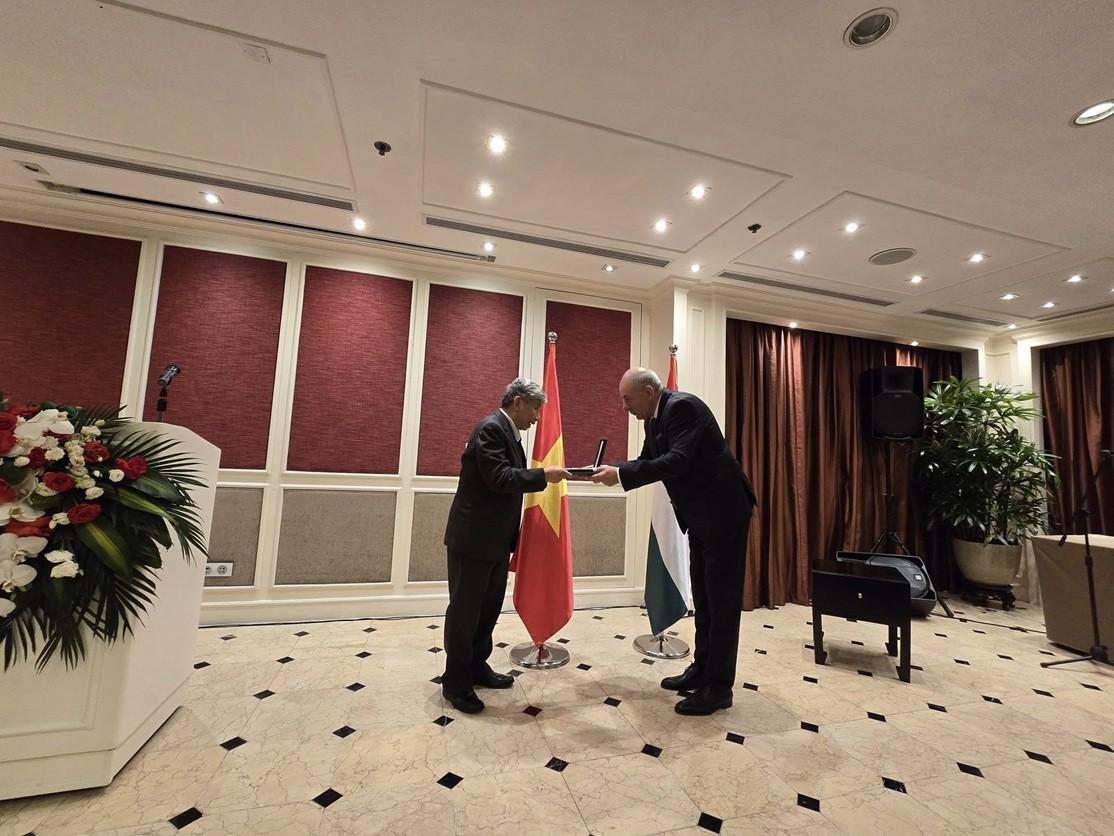 Friendship
Friendship
Dr. Vu Hoai Chuong Receives Hungary's Knight Cross Order
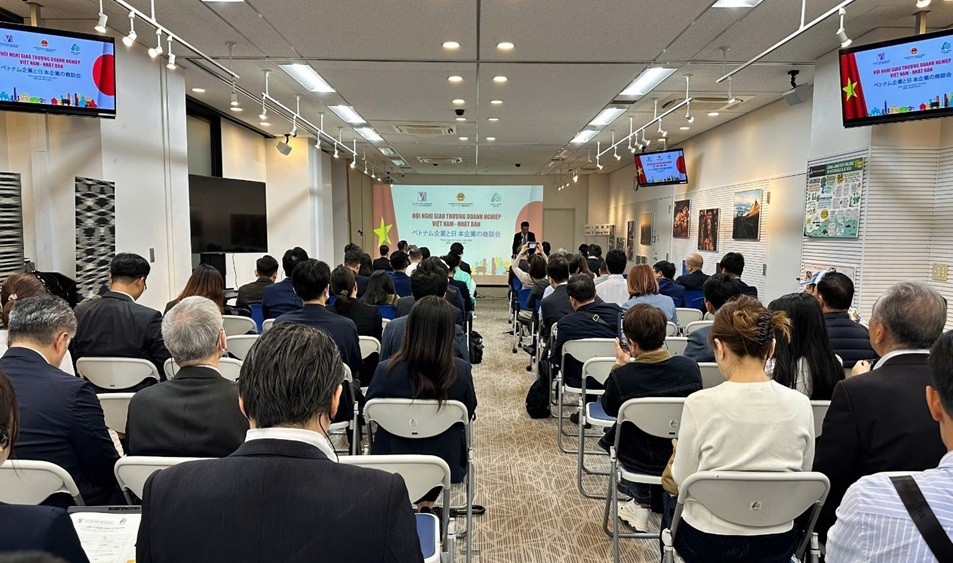 Friendship
Friendship
Promoting Vietnam - Japan Economic Cooperation
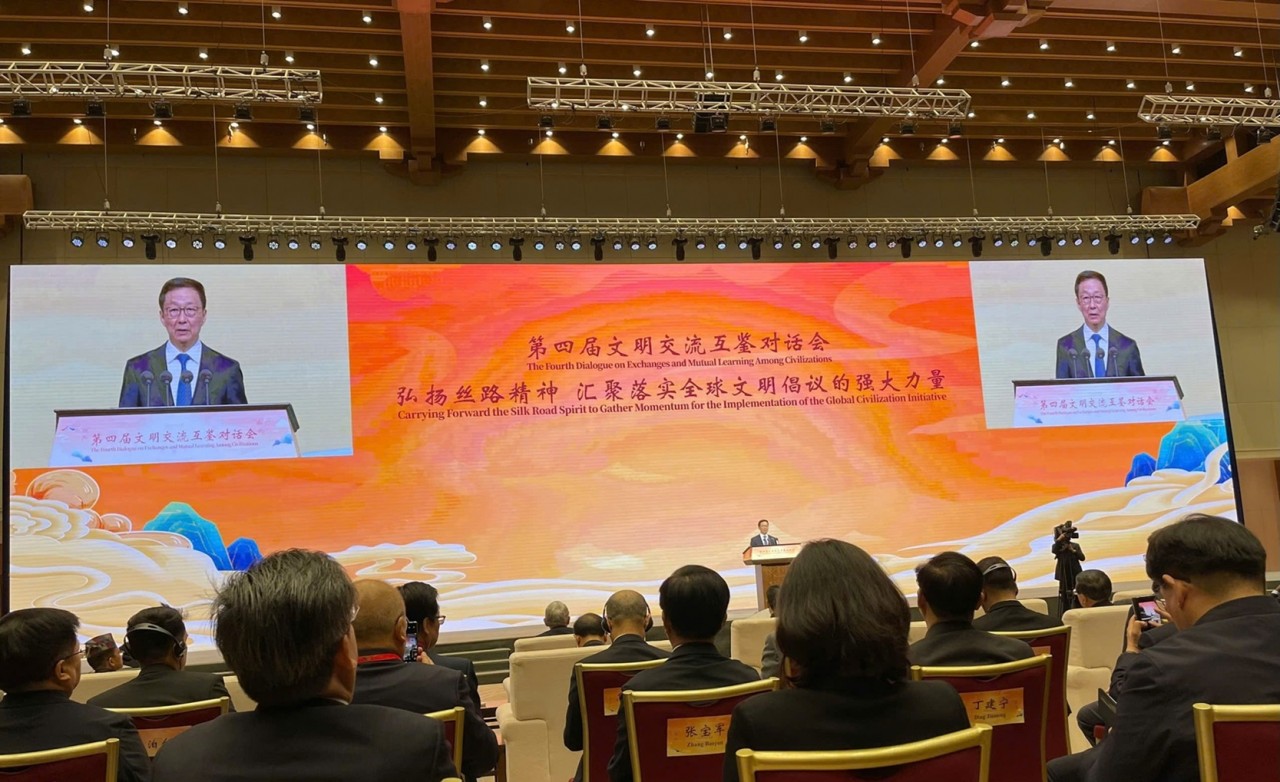 Friendship
Friendship
VUFO Attends Fourth Dialogue on Exchange and Mutual Learning among Civilizations
 Friendship
Friendship
COPI (US) Provides Free Medical Check-Ups for Nearly 1,000 People in Quang Nam
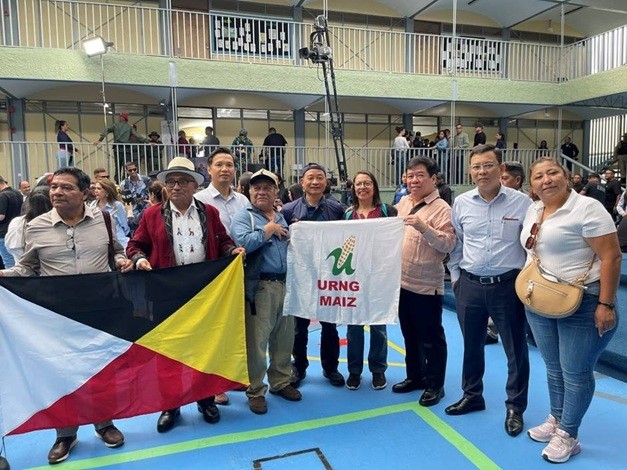 Focus
Focus
Strengthen Solidarity and Friendship Between Vietnam and Venezuela
 Friendship
Friendship
VUFO Supports Initiatives to Enhance People-to-people Exchanges between Vietnam and the Philippines
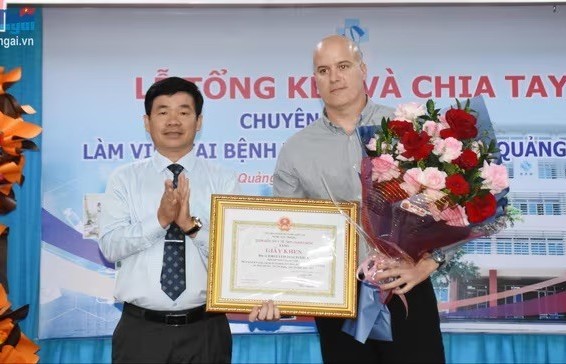 Friendship
Friendship
Quang Ngai Recognizes Cuban Health Experts' Contributions to Mother and Child Care
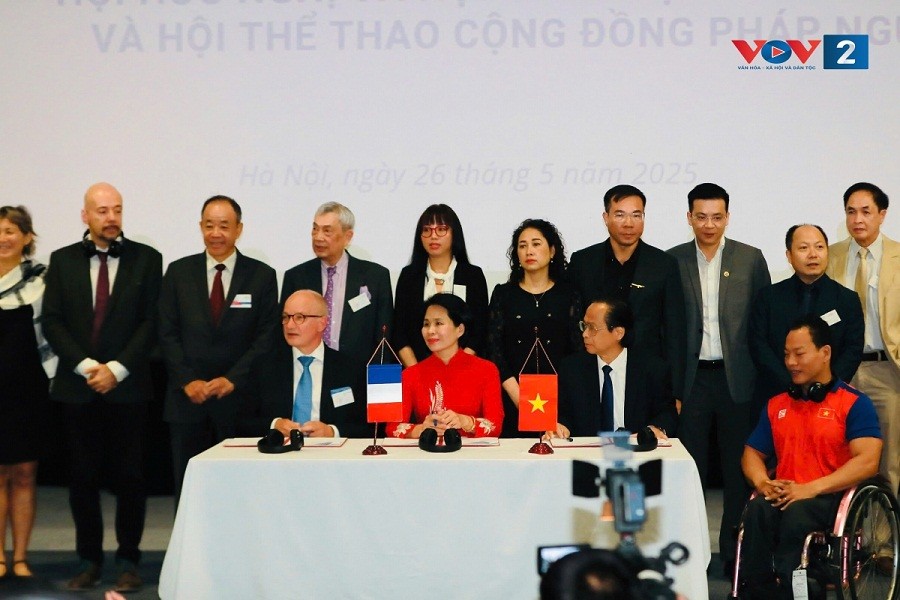 Friendship
Friendship
